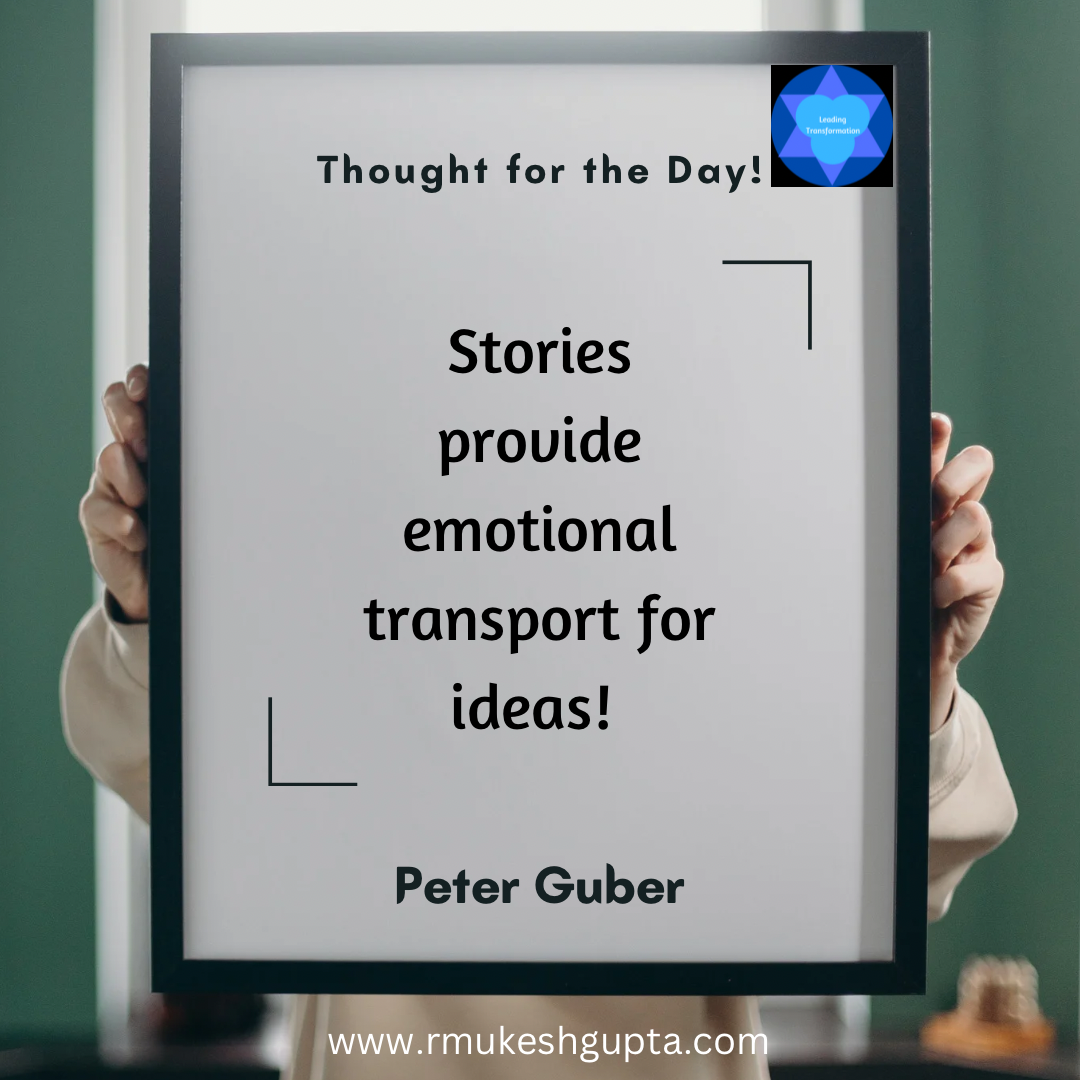
I recently read a blog post by Seth Godin titled, “The four cohorts of the status quo“. It reminded of the fact that as leaders, we need to understand the concept of status quo, how to leverage it and deal with it, as appropriate. This ability to not allow status quo to hinder our pursuits is a high leverage or impact skill for any leader.
In the post, Seth talks about the four kinds of people and their relationship with Status quo – those who actively benefit from it, those who care about the stability that it provides, those who don’t care at all and those who want to change it as it hinders or harms them in some way or form.
I believe that there is another group of people that we need to add to this list, those who see an opportunity or some sort of benefit in shifting the status quo.
This is a good way to look at the cohort of people we lead and try and figure out who is part of which group. This allows us to plan our communications and activities depending on what we want to do.
Maintaining the status quo:
We engage those who benefit from the status quo if we want to maintain the status quo. This can happen right after a large successful change initiative. We want to allow the new normal to become the norm and the status quo, so that the change is embedded within the organisation and we will not revert to our old ways, making the change initiative a large exercise in wasting time, attention, energy and resources.
Shifting the status quo:
We engage with those who are actively harmed or are hindered by the status quo if we want to shift the status quo. We also need to engage those for whom the change in status quo will be beneficial or provide an opportunity for significant progress and in that order.
This usually happens at the beginning of any change initiative. This cohort of people provides us the momentum and the energy needed right at the start of any change initiative. Both of these are simple and straight forward.
The question that remains is when and how do we engage with the rest of the cohort of people – those who don’t care and those who find stability in the status quo. The second group of people to engage in either case are those (at the beginning or at the end of the change initiative) is those who don’t care much. This is usually the majority of people.
If we want to shift the status quo, we need to be able to show social proof that the best path forward for this cohort of people is for them to move with the change as they don’t really care about the status quo anyway. If we are able to get enough of them to accept the change initiative, the rest will follow.
The last cohort of people, who like stability that status quo provides will be the last set of people to move, once the new status quo is established. They will then welcome the stability that this status quo provides.
In conclusion:
In conclusion, I think as leaders, it is our responsibility to understand how the people we lead will react to any shift in status quo and learn to communicate with them appropriately.
It is also our responsibility to know and understand that status quo is neither good or bad. It just is. We can learn leverage it to our advantage.
Once we know how to do it, leading in a constantly changing and evolving environment becomes a tad easier and our leadership that much more effective.
PS: I delivered a four part masterclass on leading large scale transformation a while earlier. You can access them here (session 1, session 2, session 3 and session 4).
Stage 1: Initiate a transformation project




